Overview #
This project is about discovery, teamwork, and passion. As new technology evolves much more quickly, the rapid advancement of the industry makes it harder for undergrad students to keep up. Therefore, we were hoping through this project we can closer the gap and also discover new possibilities. This project started during my junior year at NCKU, as one of the kick-off members, I had the opportunity to execute and learn end to end. It was a wild ride and a special experience for me.
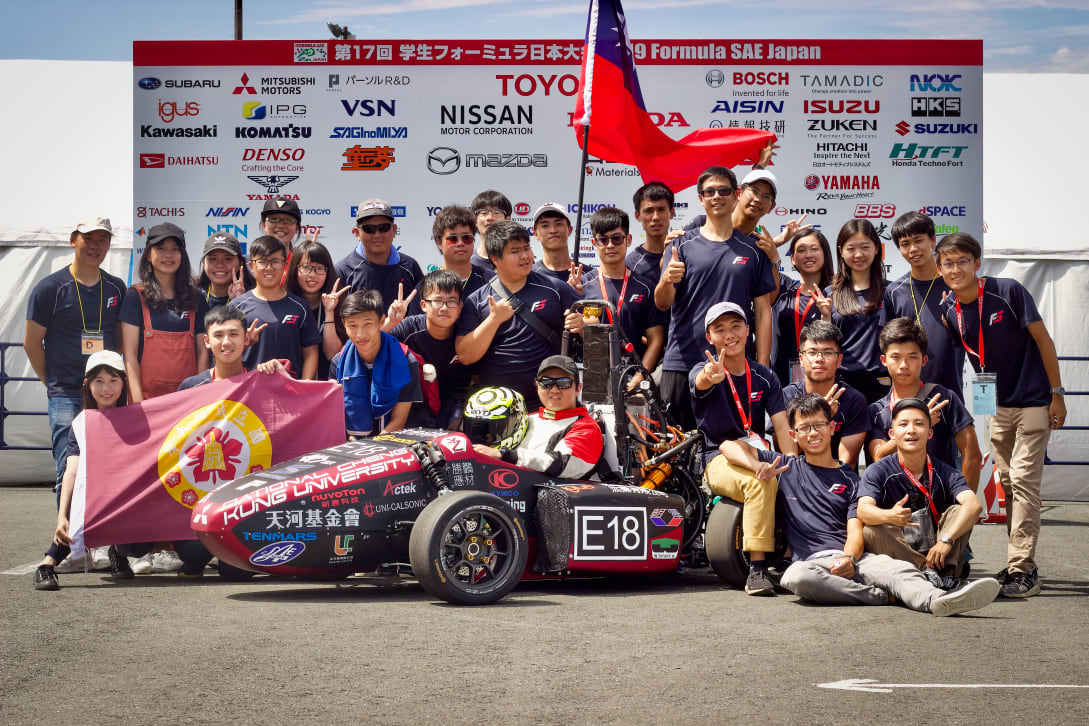
Project Goal #
The primary goal was to build a small formula-style racecar to compete in the Formula Student event, which is somewhat challenging for a first year team.
Formula Student #
Formula Student (or Formula SAE in some countries) is one of the biggest student events around the world, whose purpose is giving undergrad students an opportunity for practical application skills.
The teams shall think themselves as small-scale vehicle manufacturers to design, develop and produce a formula-style racecar, working on various aspects like operating, designing, manufacturing and marketing. As for now, more than 20 events and 200 teams are active around the world.
We participated in Formula Student Japan 2019, which was held at late Aug.
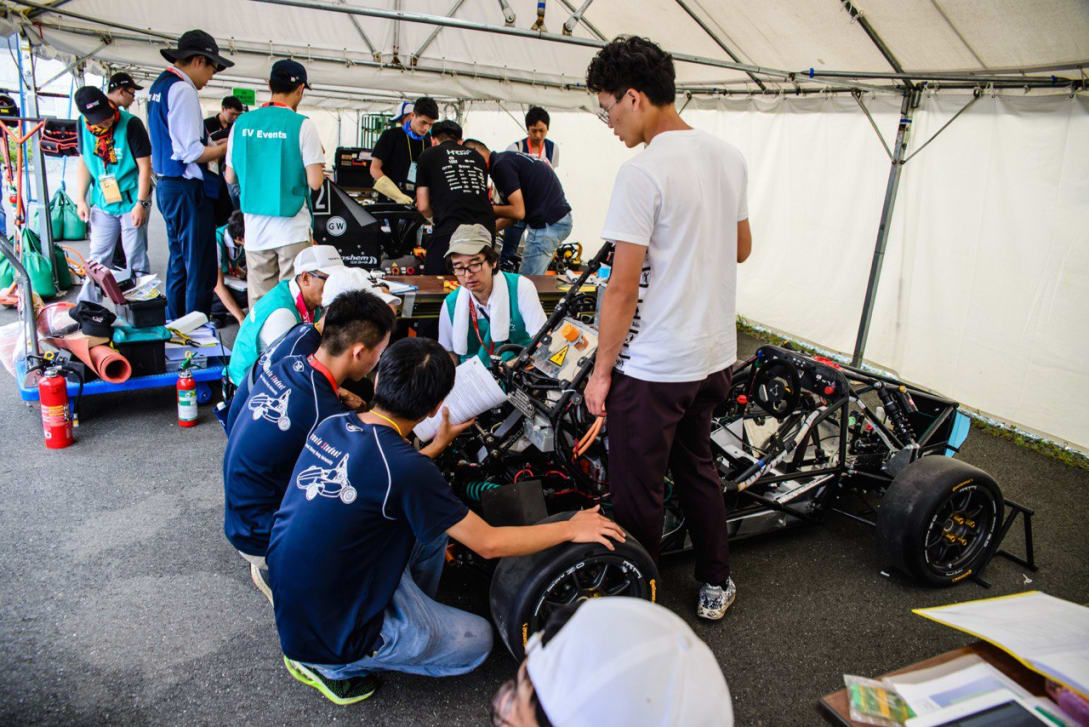
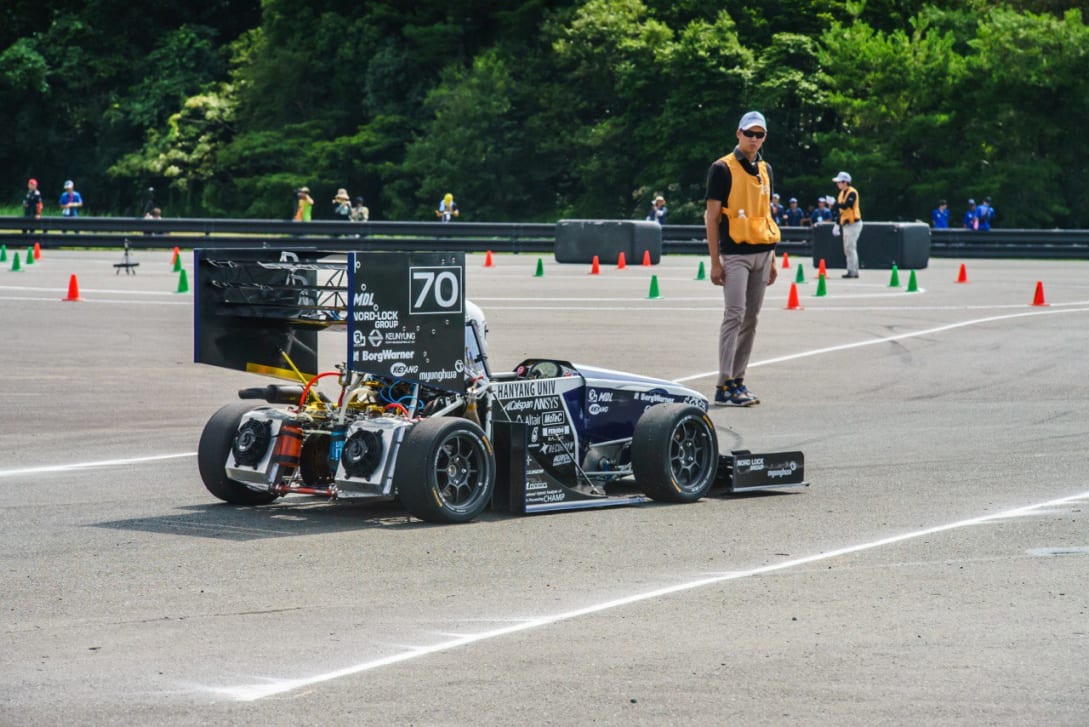
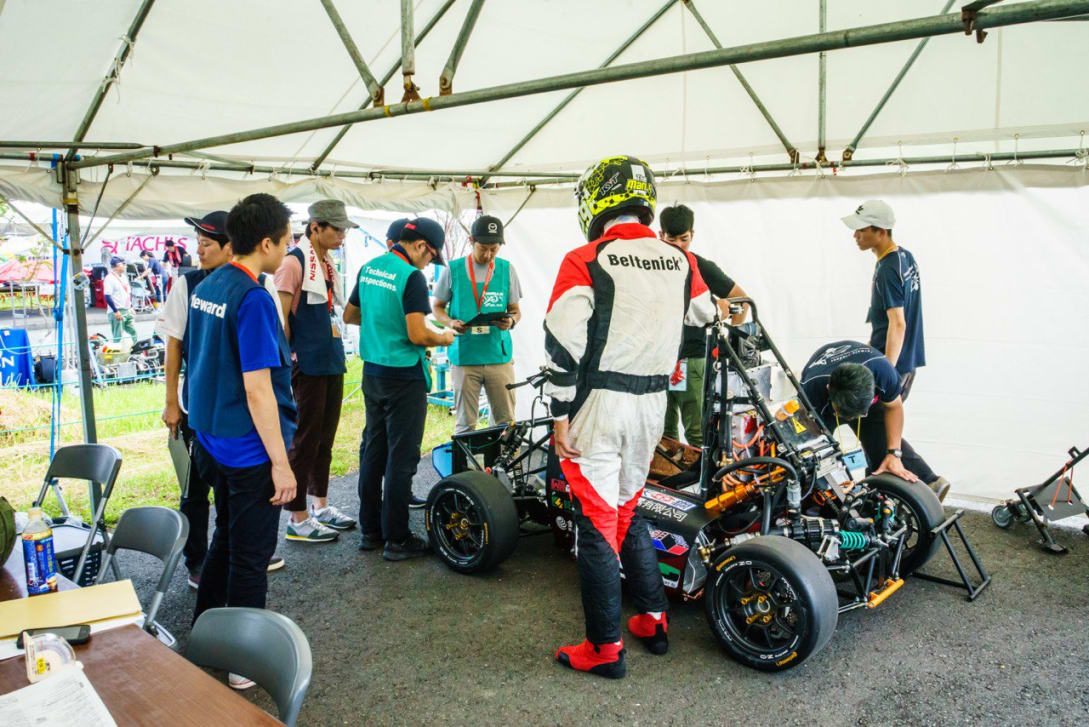
There are three main classes in the competition, combustion, electric and autonomous. Combustion started in the 1980s, which has the longest history and most resources, therefore it’s easiest to begin and has the largest amount of teams. Electric was introduced in the 2010s, with the increase of difficulty, resources-taken, and the issue of safety, while the project aspects are wider than combustion gasoline. Autonomous started in 2019, which is the most advanced, now teams and competitions are mostly in Europe and the US.
We aimed for electric class for broader diversity and promising trend of EV.⚡️
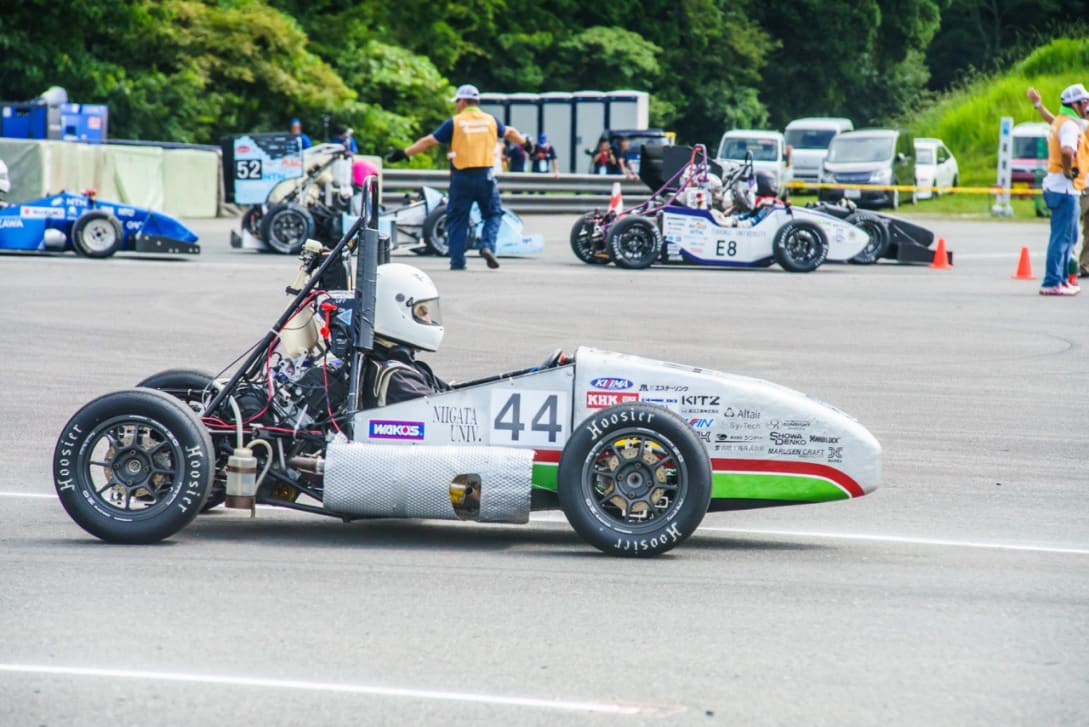
Before We Begin #
We started with getting familiar with the competition and did some research about how an entry-year team should be aiming in the first attempt. From reading the competition rules, learning from documentations, and looking for advice from experienced teams, the idea was to build up the necessary knowledge as soon as possible.
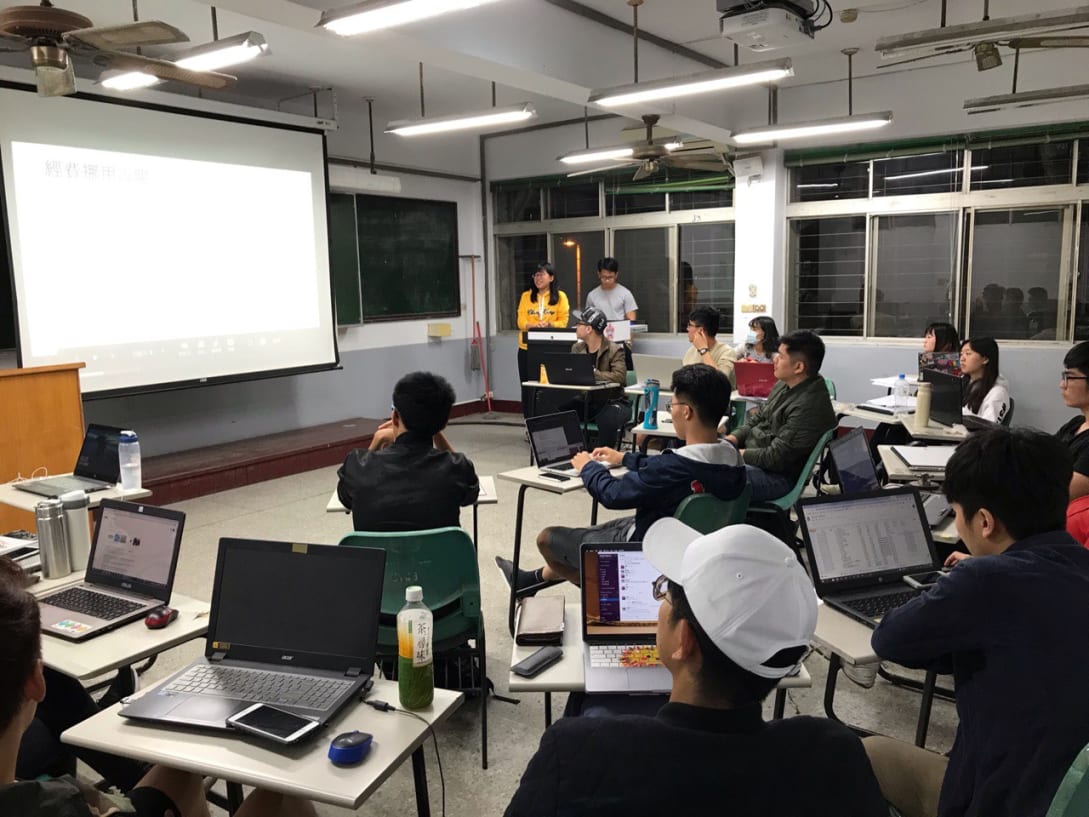
We learned that most of the team spent 1+ years for their first attempt, so setting an appropriate goal would be crucial for us. And FS is usually viewed as a degree-level project, sometimes considered a standard by the automobile industry for engineering students to transition from university to workspace. As a student-centric event, safety is undoubtedly the top priority and first concern, therefore strictness of the inspection could be expected, and it won’t be easy for first-year university/students.
At the same time, we also visited other experienced team in Taiwan, NTHU Racing, STUST Racing, and Taipei Tech Racing. Seeing what they've built and listening to their stories really taught us a lot (and realized it's going to be tough.🤞🏼)
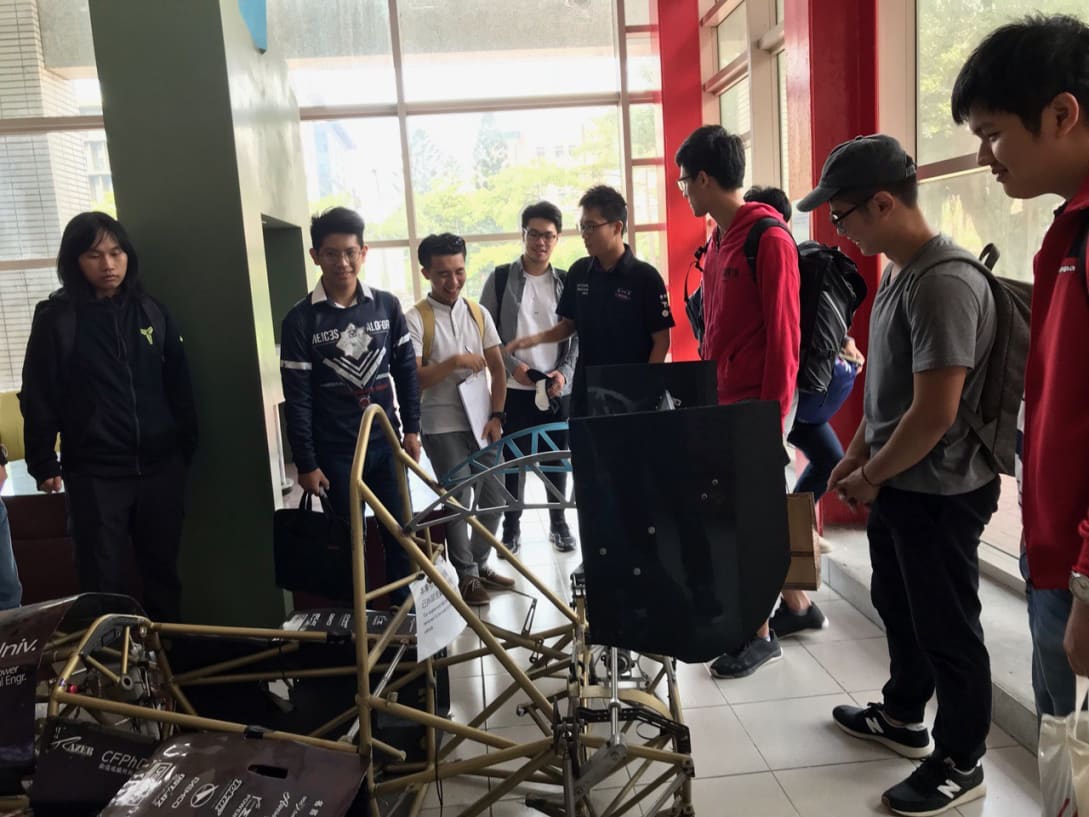
Early Stage Challenges #
- Resources
- Both financial and material resources were we first had to deal with among many others.
- Knowledge
- The knowledge we had and what school taught us were way less than enough for us to complete the vehicle.
- Management
- There were actually tremendous amount of things outside engineering needed to be considered, we learned as building out the vehicle and the team.
- Experience
- Experience plays rather huge part in the competition. As a first-year team, we had nothing but a passionate heart.
As Frame & Body Lead #
We started with 15 members in the team, and I was mainly responsible for frame design/manufacturing and the overall vehicle planning along with other 2 members. While in the early phase, we all had to wear lots of hats and do whatever we could.
I started the design process by researching, reading other teams' design documentations, and taking their result as references and inspirations. Then I did some sketches to familiarize the frame structure and ideate possible applications. After dozens of attempts, I moved on to 3D modeling using software (SolidWorks), revisited the whole process, made adjustments, then started over again. Discussions, modifications, and iterations became routines until the end of the design phase/the end of the season (alongside uncertainty, anxiety, exhaustion...)
For me, designing a frame was more like figuring out a way to integrate all components onto the vehicle with other subteams. Therefore, it's essential to know the basics of all the components on the vehicle.
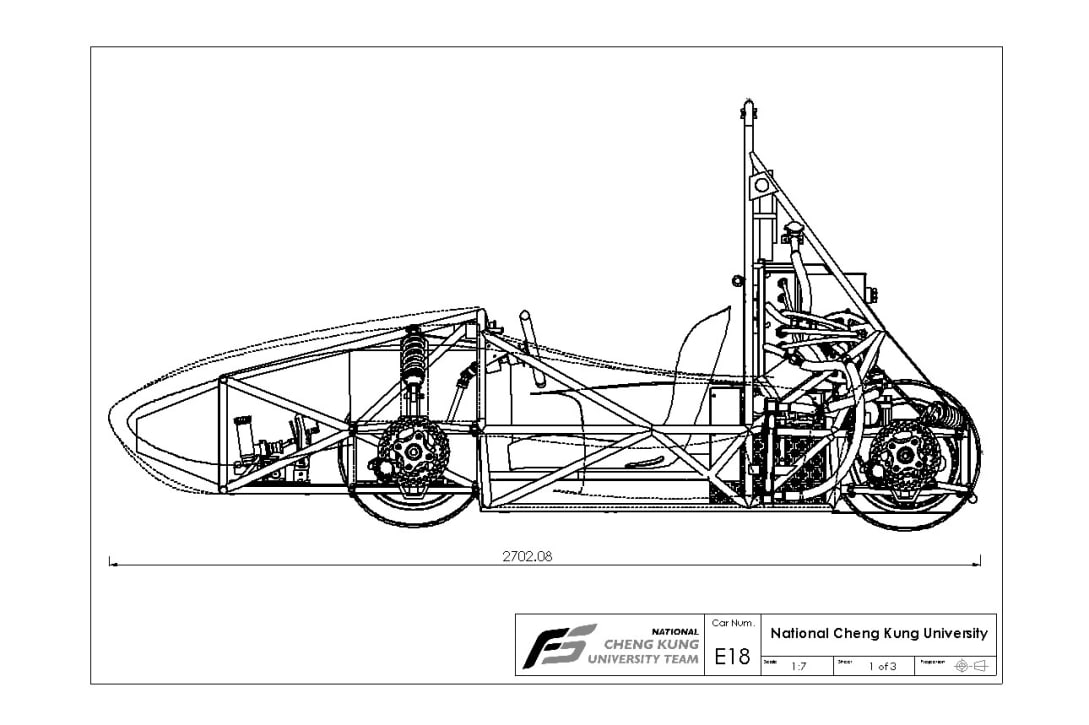
Building the vehicle, in short #
Even though the purpose of the event is to let students develop the vehicles on their own, it might be a challenge when it comes to complex or great precision components. Working with/reaching out to local corporations let us know practical applications being used right now, and we also learned that been designed and ready to develop aren't a unidirectional process. There are many prerequisites like drawing, material, timeline confirmation and lots of back and forth before getting into the development.
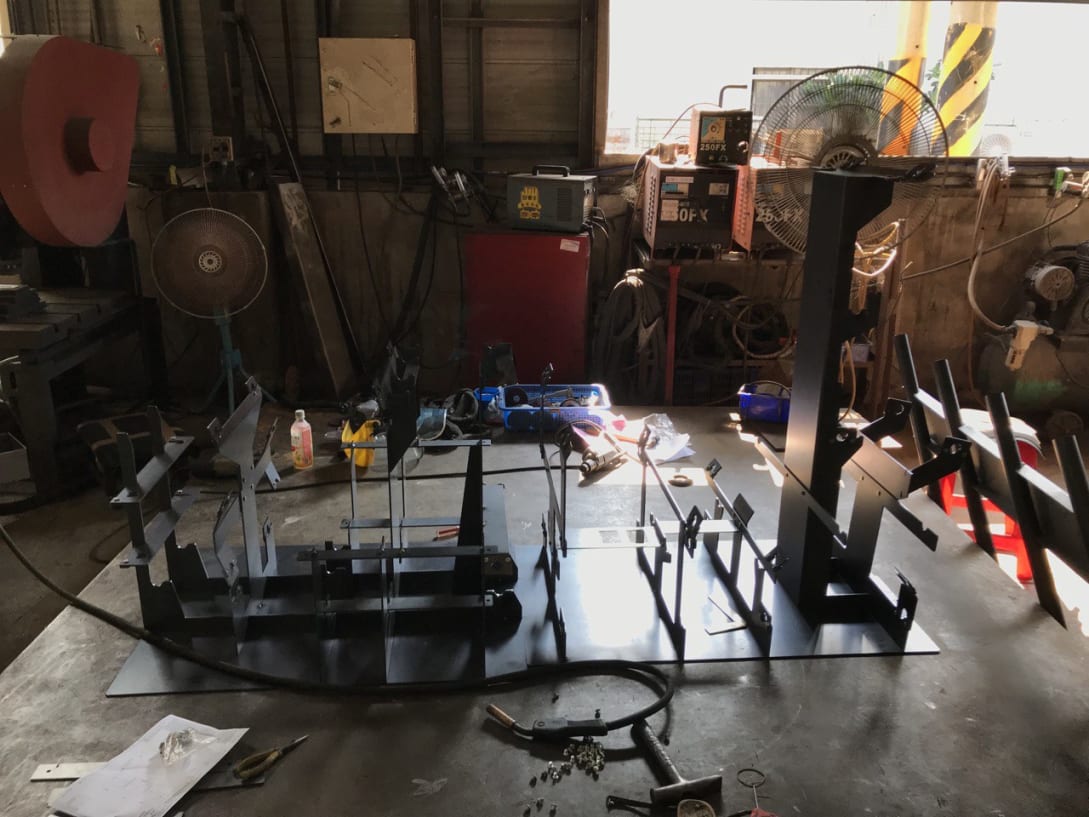
Working with the industry taught us more about professional workflow, and also started to understand the industry standards. Really appreciated the assistance and advice the industry gave.
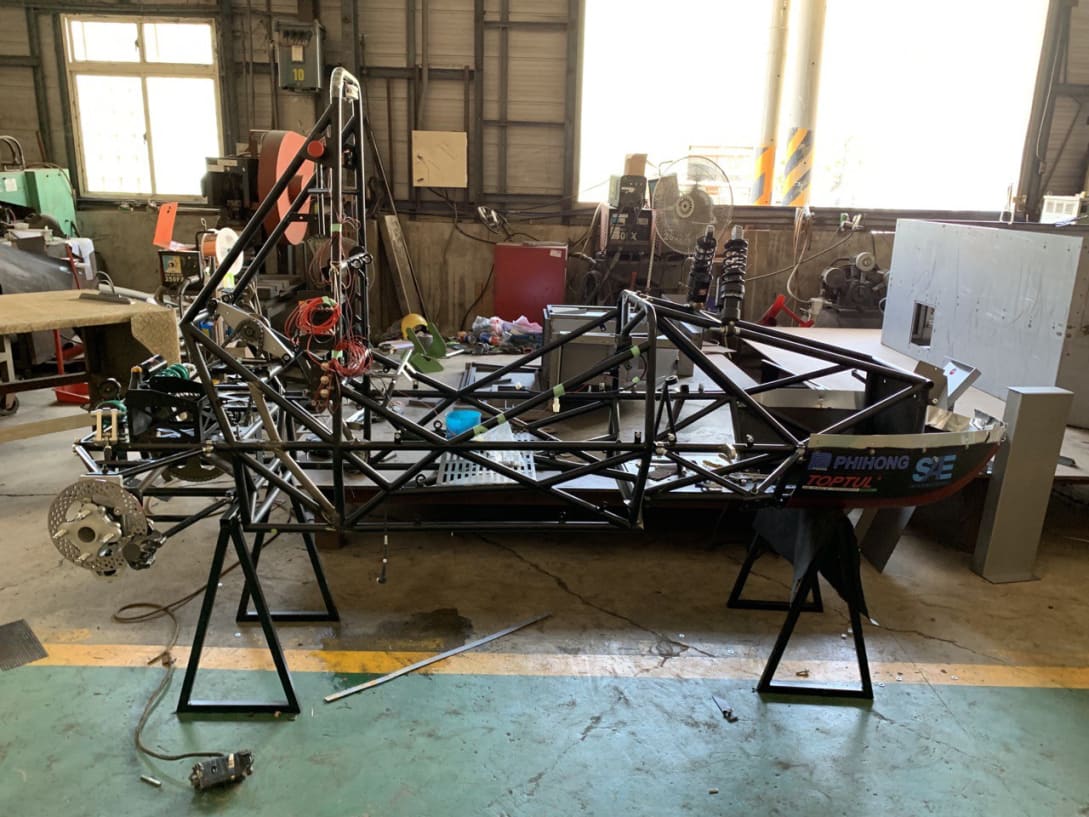
Preparing for competition #
Before getting into the competition, teams have to submit a video of the vehicle in operation (which is called Shakedown Certificate) as a qualification for participation. If the teams couldn't pass Shakedown Certificate, they will only be able to join the static event of the competition.
As a matter of fact, we rarely had time for vehicle testing due to lack of experience and countless incidents happened along the way. Despite that, we still managed to have a couple of testing sessions before packing to Japan. All we remembered was the undescribable fulfillment when the vehicle first landed on the ground and driven around the parking lot in the basement.
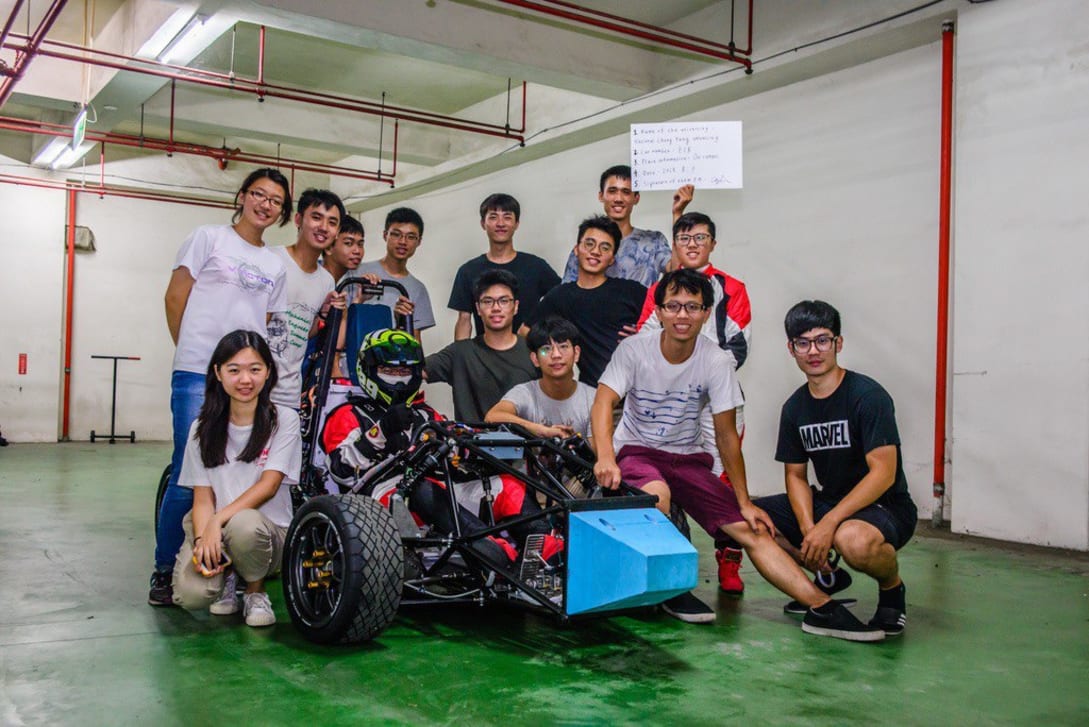
As for the vehicle transportation from Taiwan to Japan, we needed to make sure the packaging and documentation were fully prepared. These procedures seemed trivial but turned out to be lessons in the operational side. And for overseas teams around the world, shipment of the vehicle tightened up the project timeline even more.
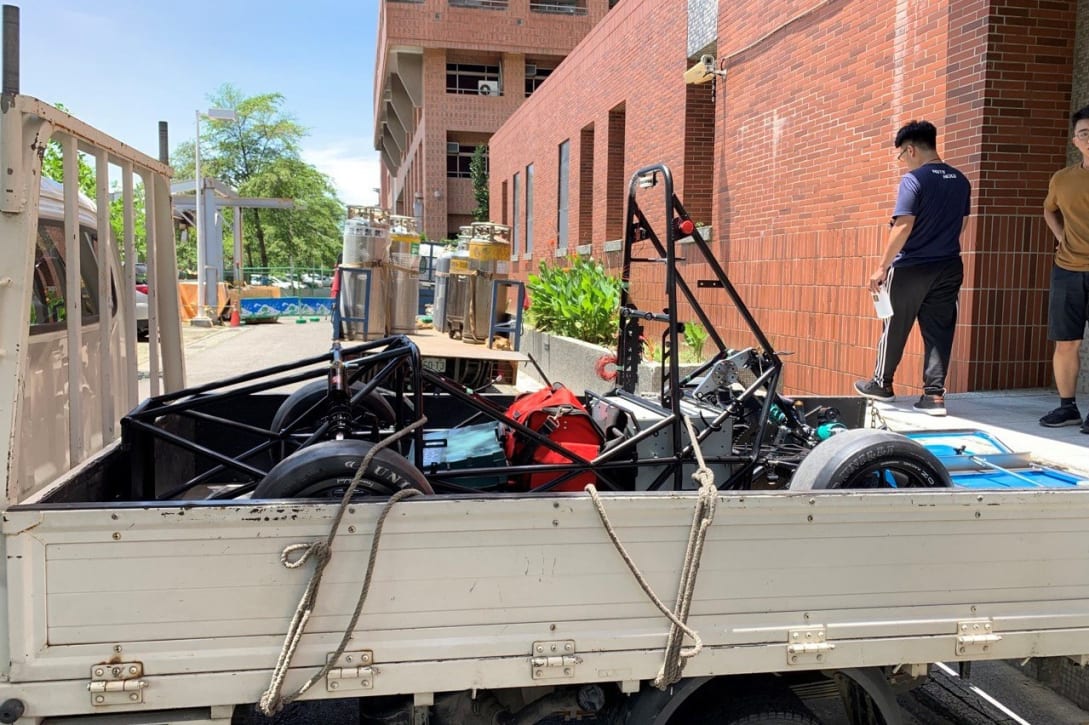
FS Japan 2019 #
Formula Student Japan 2019 was held at late August at Shizuoka Sadium ECOPA, with total 98 teams participating from around the world. And there were 4 teams from Taiwan, and a total amount of 27 electric vehicles participating. The event was 5 days long, the first 3 days were for Static Event and last 2 were Dynamic.
Vehicle Examination #
The schedule of the event is quite tight, the team would have to quickly get through all the Static Events in order to join the Dynamic. We as a first-year team, needed to get familiar with the event and also made sure the vehicle is operating correctly. As we progress step by step, we were stuck at the end of examination and therefore missed the deadline to get into the dynamic events. But we still succeed to pass all the examinations before the event ended, which was a rewarding accomplishment for us.

Static Events #
Static events, excluding the safety inspection, are more about how and why we built the vehicle/what the business plan was. There are Design, Cost, Business Presentation in the static events.
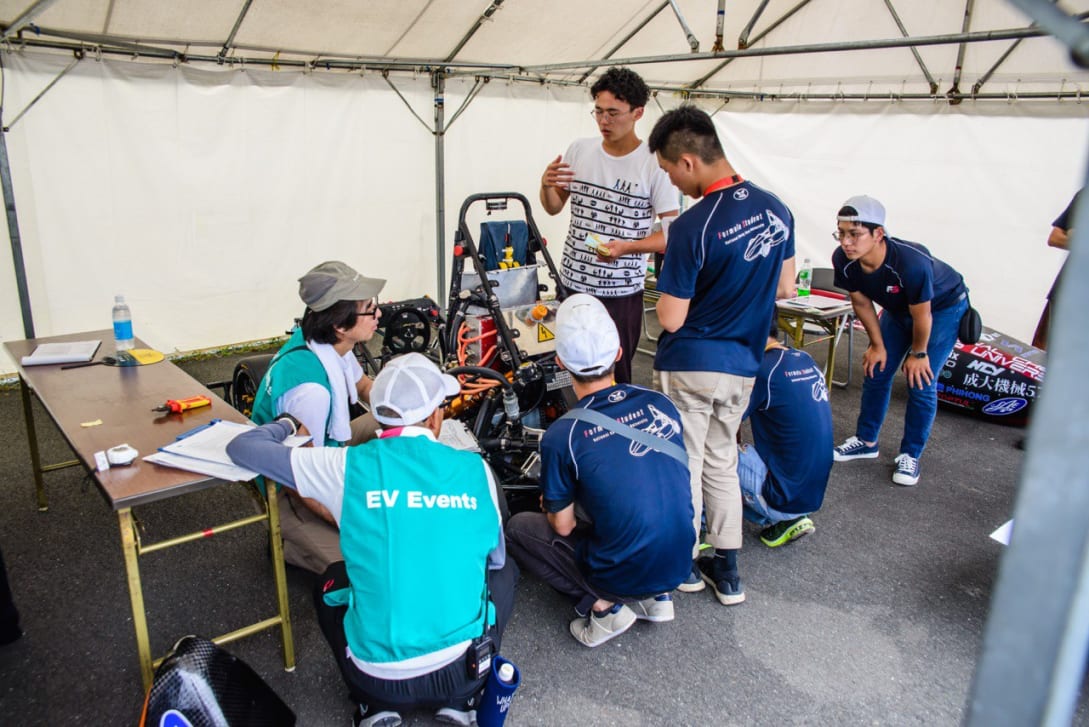
Dynamic Events #
Dynamic events are about understanding the performance the vehicle. There are Acceleration, Skid-pad, Autocross, Endurance and Efficiency in the dynamic events.
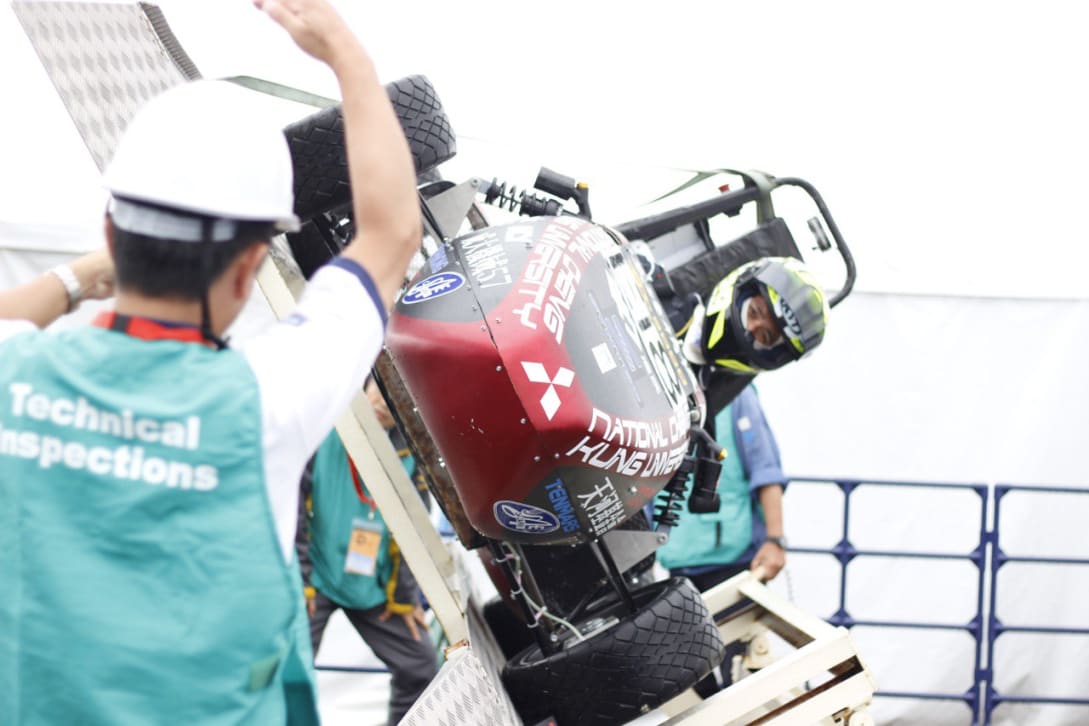
Achievements #
First FS racecar #
The first FS racecar ever built in NCKU, and the first participation in the FS event.

Electric inspection #
The second team to pass the vehicle examination for electric class in Taiwan.

The team #
Establishment and the start of a multidisciplinary team.

Reflection of 2019 #
Self-education #
The knowledge and tool were mostly new/unfamiliar to us, thus learning by ourselves became basic skill we must have. It can be said that learning is one of the core reasons this project exists.
Cross-division Collaboration #
It’s impossible to have these great achievements without teamwork, collaboration between members with different backgrounds is also essential behind these results.
Problem-solving #
Throughout the whole journey, dealing with the problems/challenges we faced was daily routines with no exaggeration, and they probably were where most lessons came from.

🏁 🏁 🏁 Thanks for reading!